What is Oshie-Hagoita?
Hagoita (羽子板) is a racket used in traditional Japanese badminton. Hagoita has a long history. According to a record, aristocrats and court ladies gathered in the palace. They divided into a male group and a female group and played Hagoita on New Year’s Day 5 in the 4th year of the Eikyo (永享) era (1432) of the Muromachi period. Also, people treated Hagoita as a talisman believing it would protect them from evil spirits. In shrines, Hagoita was used in Shinto rituals. People might have wished upon Hagoita for happiness; therefore, Hagoita would have been a perfect gift for New Yea’s play.
Since ancient times, there is a custom that grandparents or relatives give Hagoita to their baby girl when she welcomes the first new year. In the old days, it was not easy to have the first birthday since birth; so that parents or grandparents prayed for the healthy growth of children. Hagoita represents strong parental love for their children.
When we play Hagoita, we use the specific feather. As it looks similar to a dragonfly, Hagoita was linked to this insect. Dragonflies eat mosquitoes that carry diseases. So, people enjoyed Hagoita to prevent children from being bitten by mosquitoes, which means they would be disease-free.
In the Edo period (1603-1867), the Oshie (押絵) technology has developed. Pieces of paper were attached to a cardboard mount, or cotton was wrapped around the cloth to create thick parts. And then, these parts were combined to create a three-dimensional picture. This product is called Edo Oshie-Hagoita (江戸押絵羽子板).
Kabuki (歌舞伎, a traditional form of Japanese drama performance) became popular during the Bunka Bunsei (文化文政) era (1804-1829), and Hagoita that reproduces the scene of Kabuki was in vogue among ordinary citizens. Since then, the decorative beauty of Hagoita was pursued. The technique of Oshie has progressed with times, and Yakusha-Hagoita (役者羽子板, Hagoita of the actor) that are designed Kabuki actors or ladies wearing Furisode (振袖, a type of Kimono; traditional Japanese costume for women) have been made, and it has become an explosive sale.
For Oshie-Hagoita creators, it was not easy to express dynamic movements of Japanese dance or Kabuki on a limited small trapezoidal board. They worked hard and thought out to achieve it. Besides, each Oshie-Hagoita has a different makeup and facial expressions of the actors based on each era’s trend. Oshie-Hagoita is an artwork that expresses in sufficient detail.
Oshie-Hagoita creators have inherited traditional techniques and continue to make Oshie-Hagoita. Today, we can find various sizes of them, such as wall decorations or tabletops. Oshie-Hagoita has appreciated it as a good-luck gift for a birthday celebration, or Kabuki fans have enjoyed it as their collections.
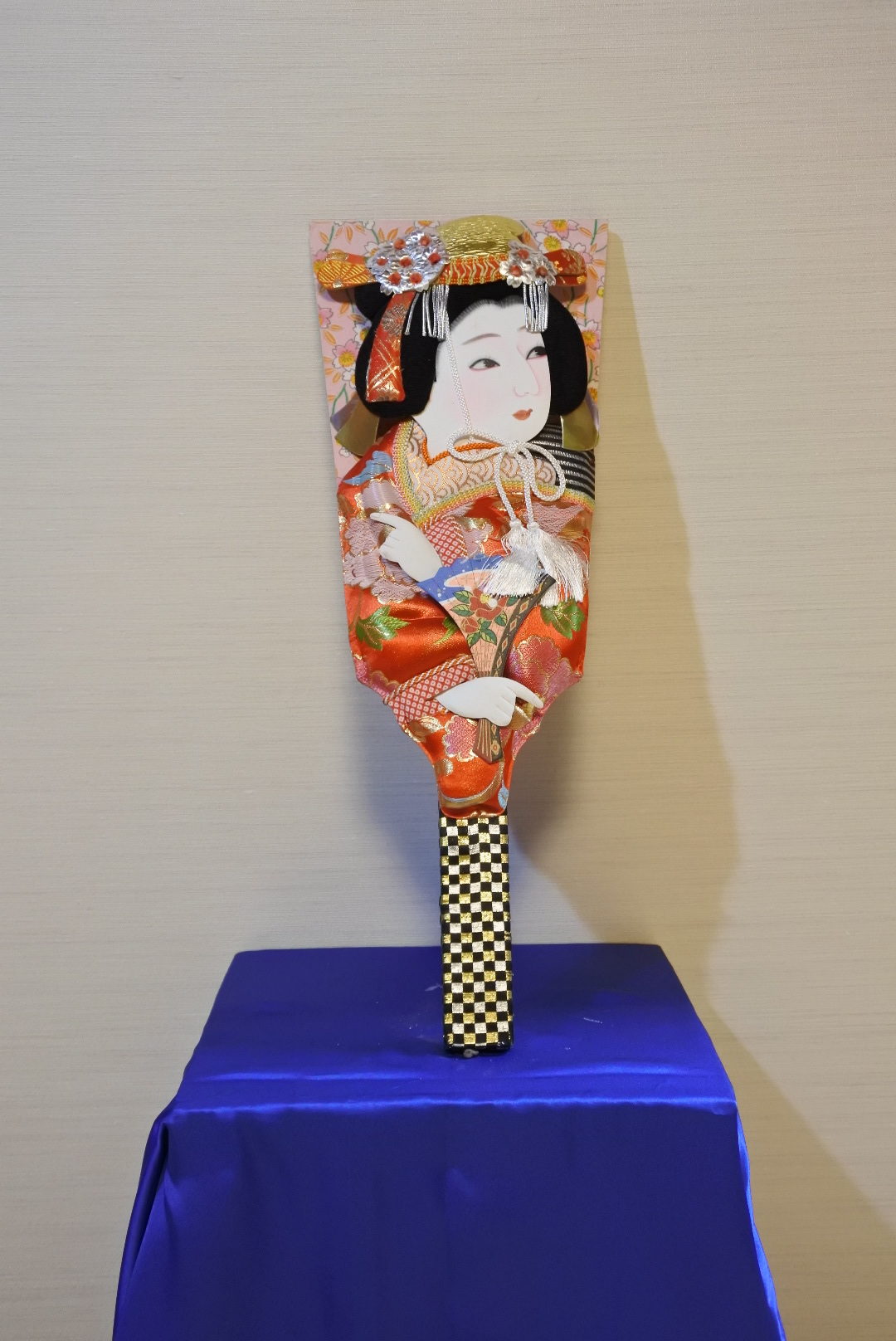
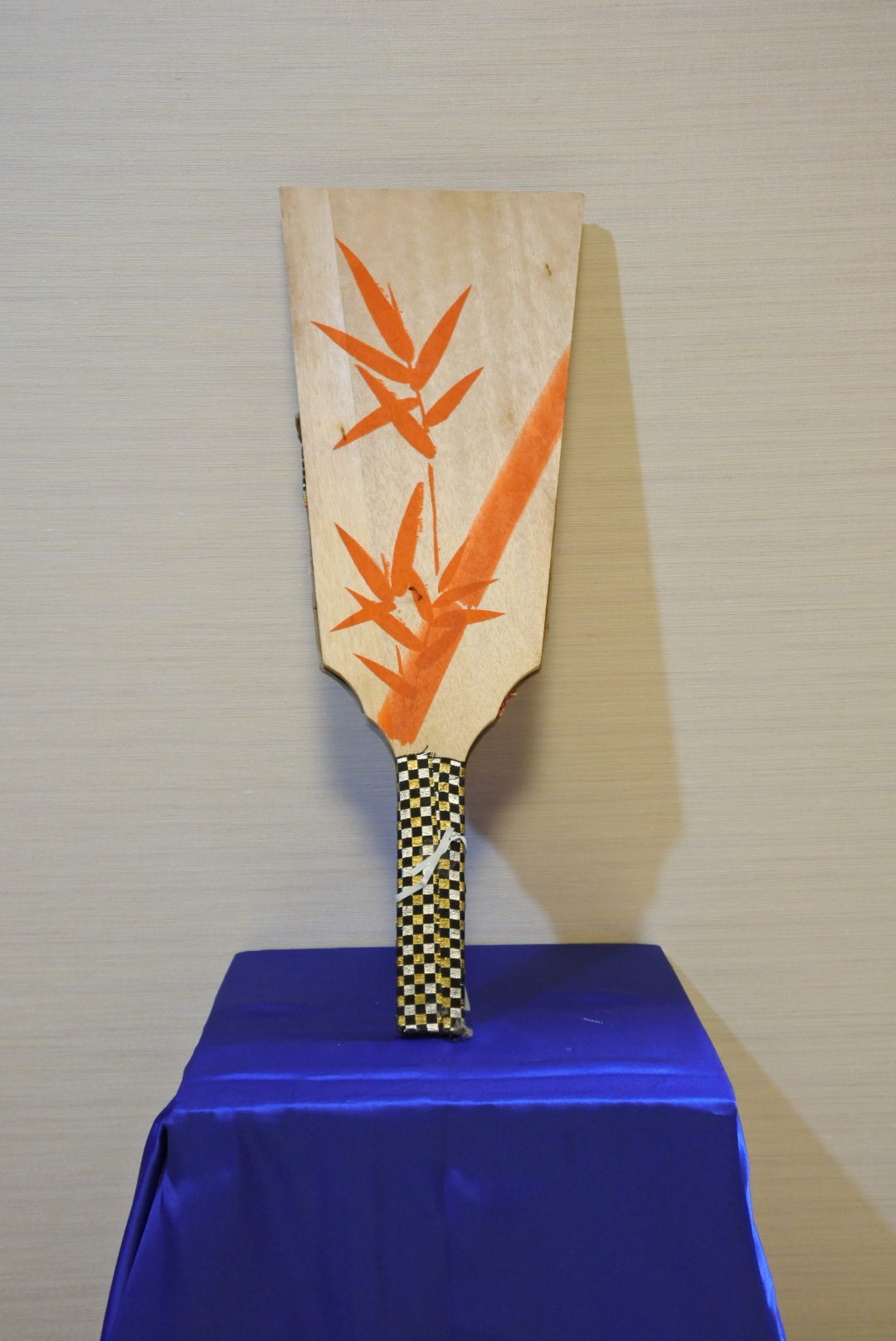
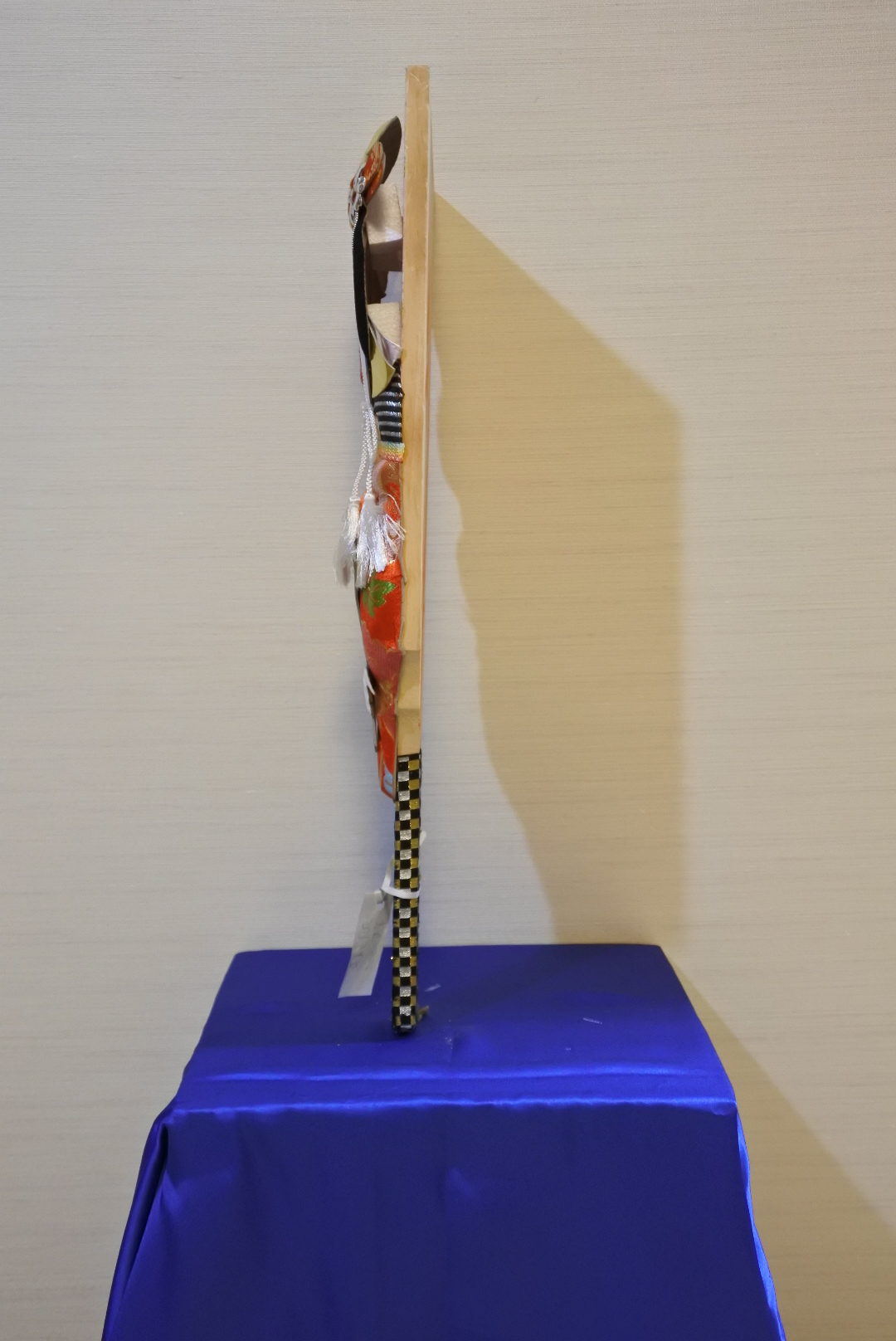
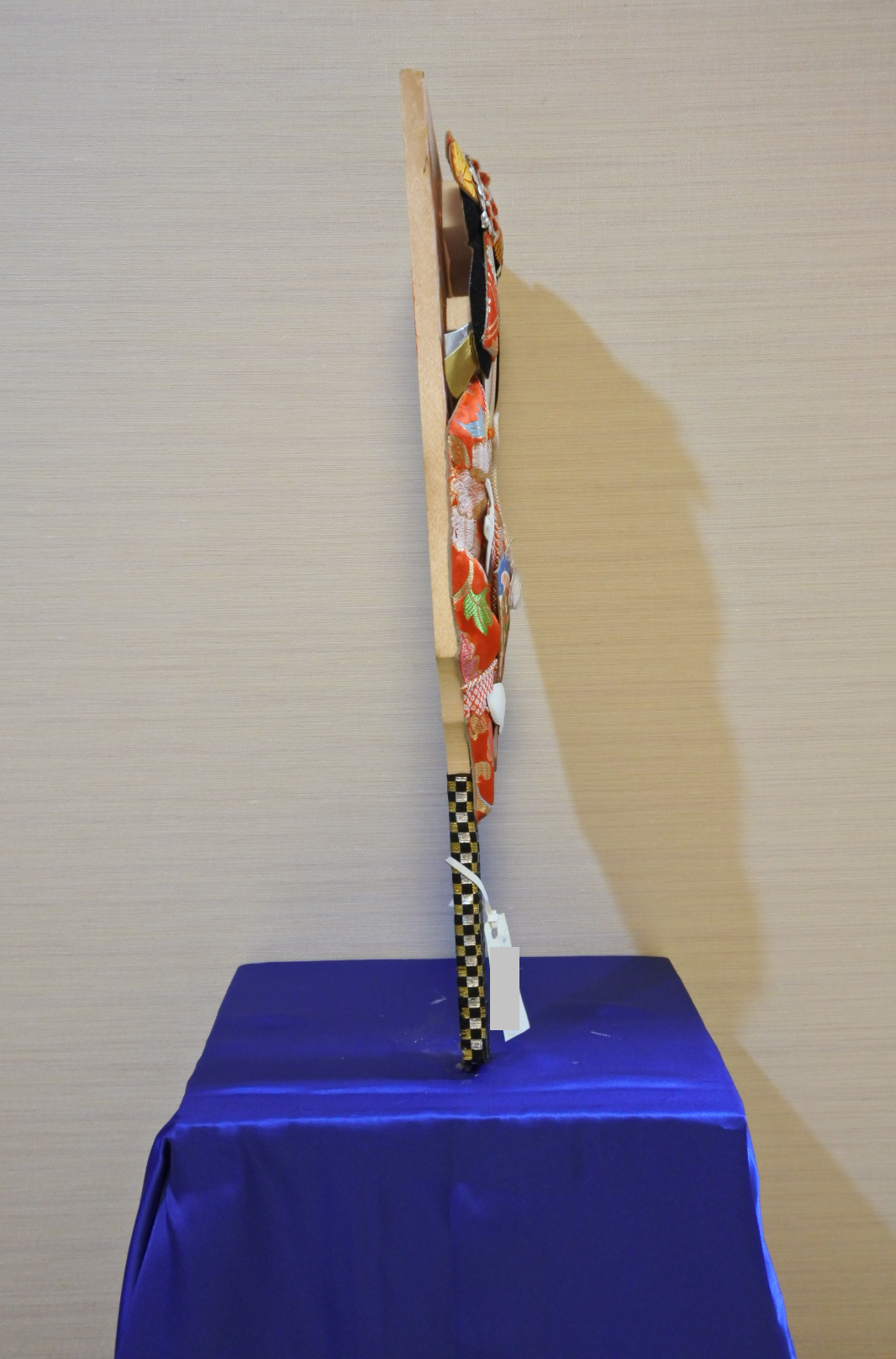
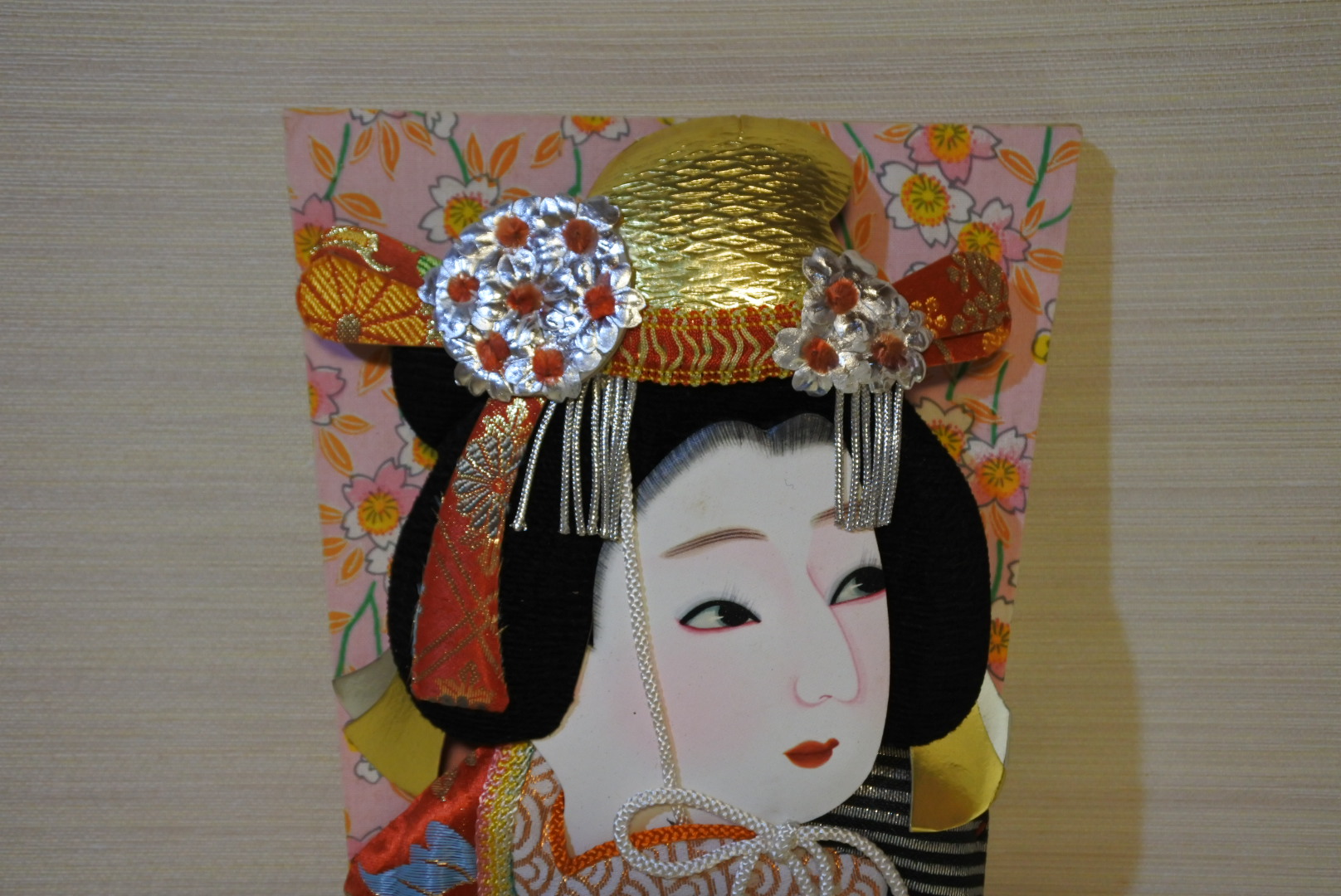
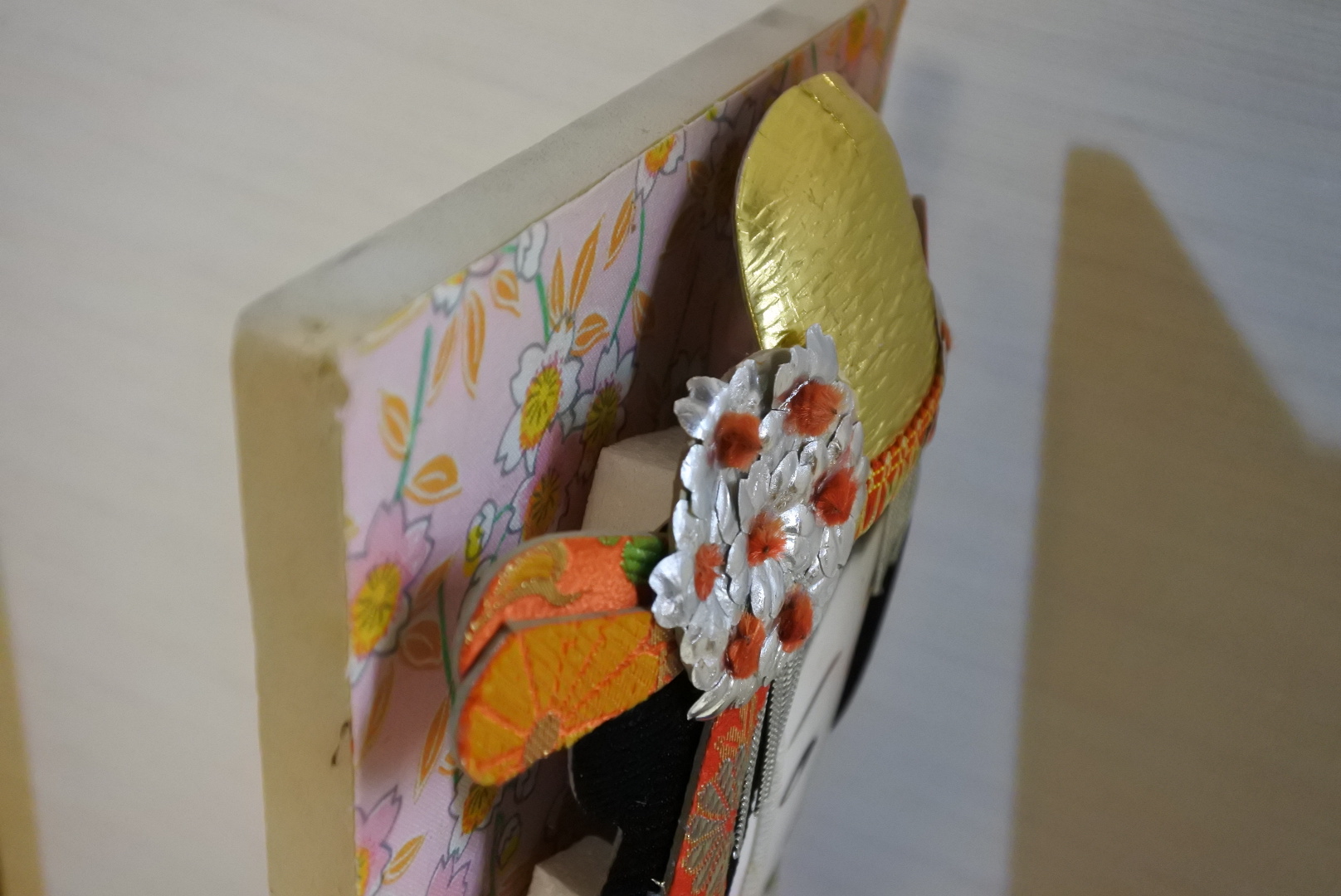
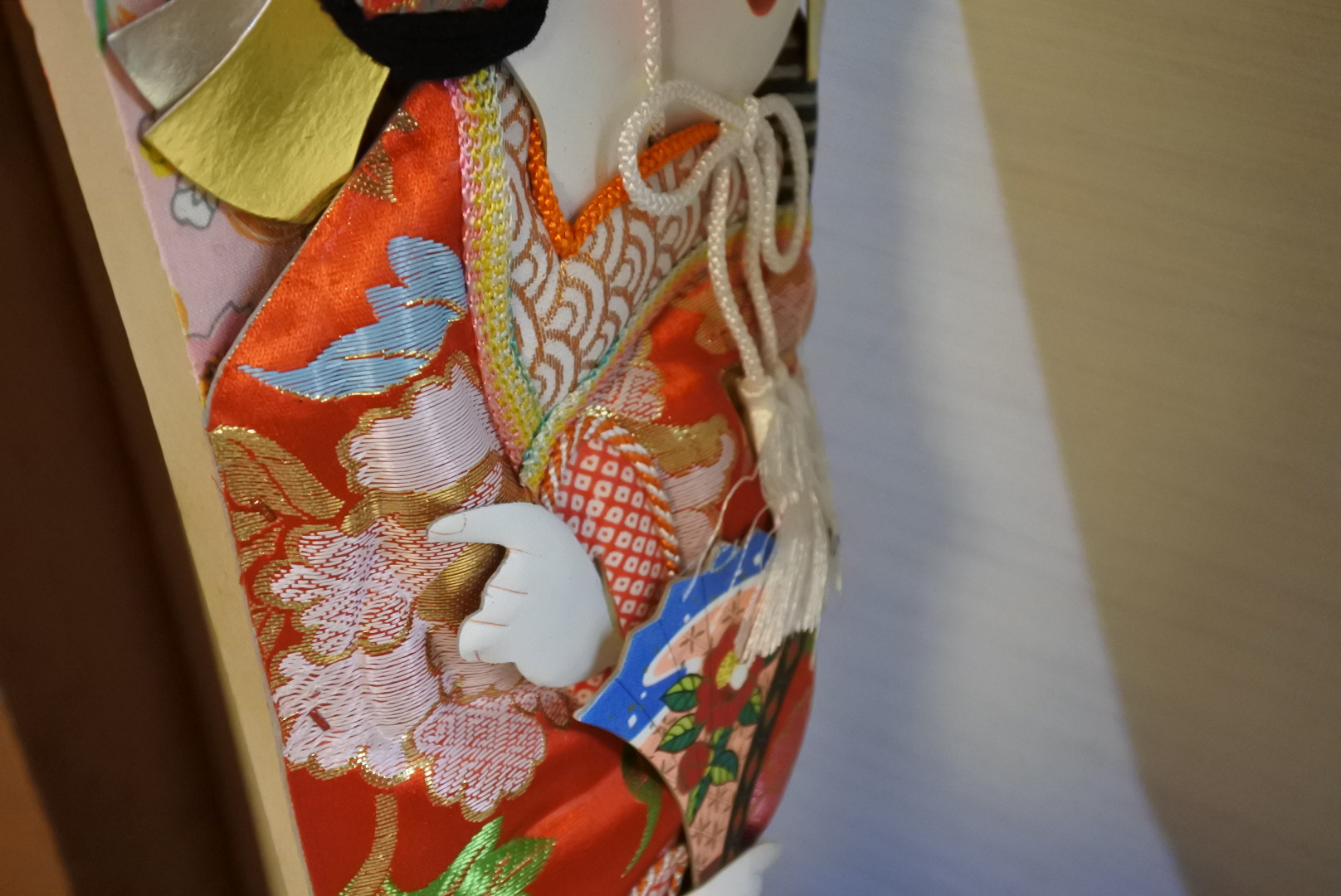
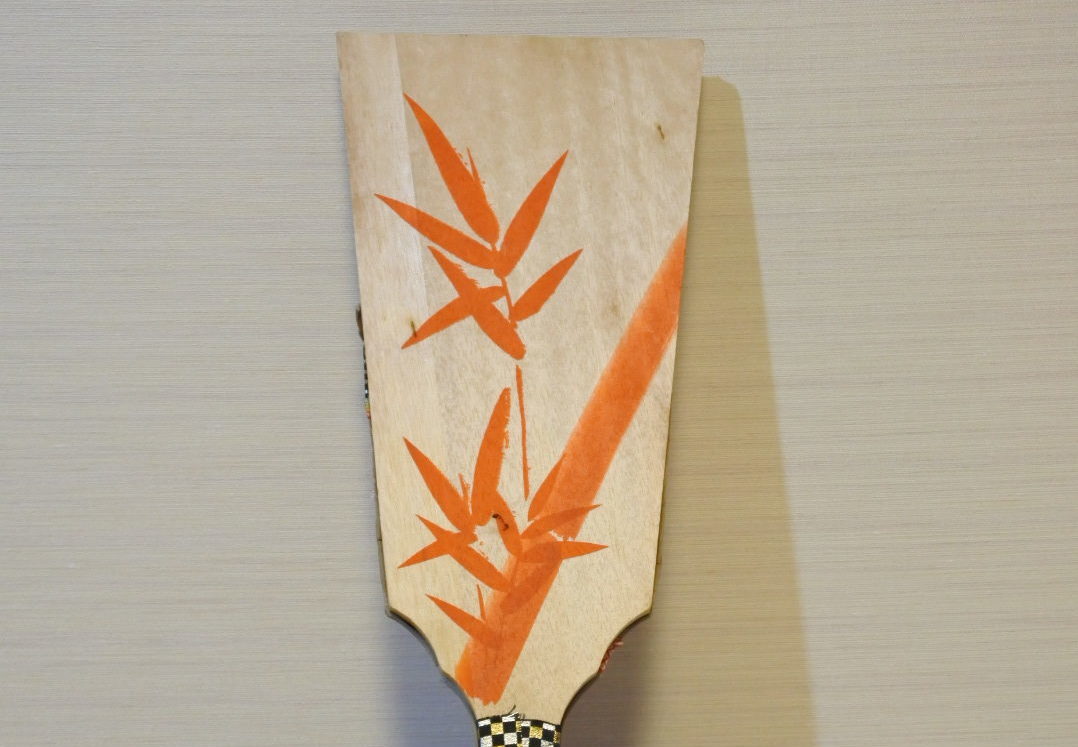
About us

Dolls Museum is located in Kanazawa city, Japan exhibiting more than 600 traditional Japanese dolls. We display various types of Japanese dolls, such as ICHIMATSU Dolls, Hina Dolls, Kokeshi Dolls, all of which are adorable and great to see in person. We are also handling newly handcrafted Japanese dolls at our gift shop. Now, due to popular demand, we have started to sell our items online. Thank you so much for checking our listed items.
Payment method
We accept payment through Stripe(Credit card), PayPal, both of which are secure payment methods. If you prefer other payment method, please contact us. After confirming your payment, we will apply for an export permit. You may either pay in JPY or USD. The price is set in Japanese Yen. Prices in other currencies are automatically calculated based on the latest exchange rate.

Shipping Duration
We normally ship via EMS (Express Mail Service) provided by Japan Post. It usually takes at least 5-14 days to deliver the package after you place an order. We will use DHL instead for those who ordered from USA or Australia as EMS temporarily stops shipping to these countries due to COVID-19. We offer Free International Shipping as long as we can ship your order by either EMS or DHL. (USA, Australia only)
We will inform you of the order’s tracking number via email. Please make sure you fill out your valid email address correctly.
*Please keep in mind that due to the spread of COVID-19, there might be delays in shipping. If you like to know the detail about shipping, please feel free to ask us.


Would you like see some more Oshie Hagoita for sale? Please check the link below. We hope you can find your favorite Oshie Hagoita.
https://www.dollsmuseum.jp/shop/product-category/oshie-hagoita/

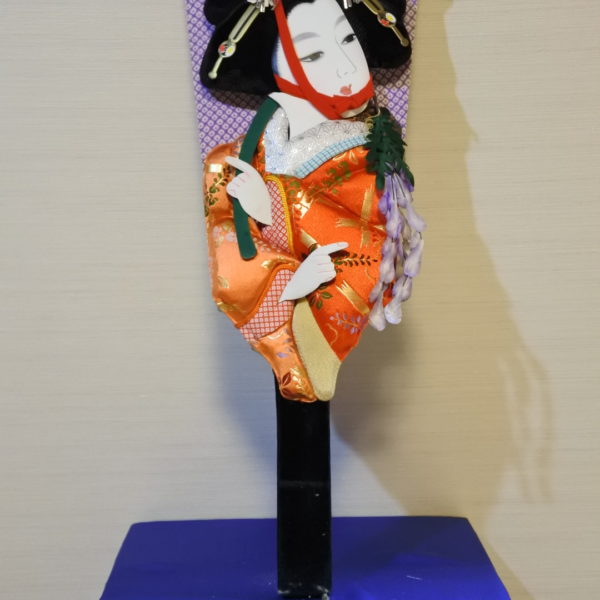
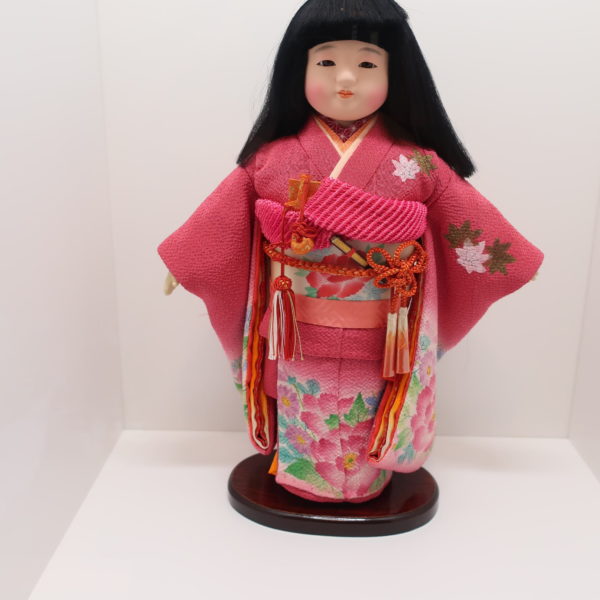
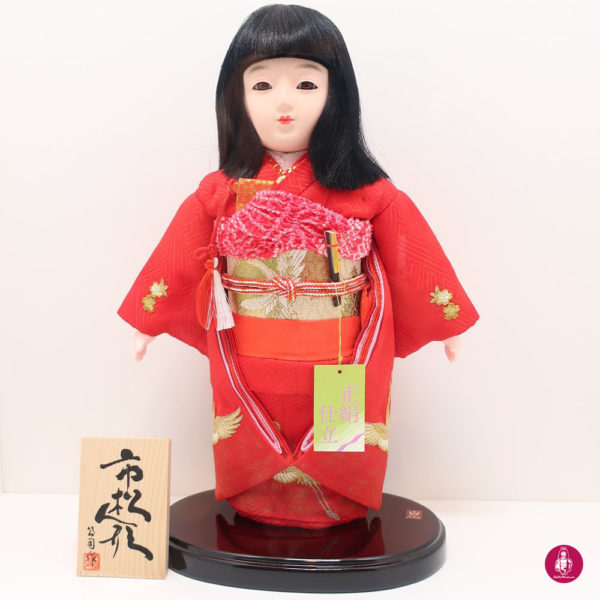
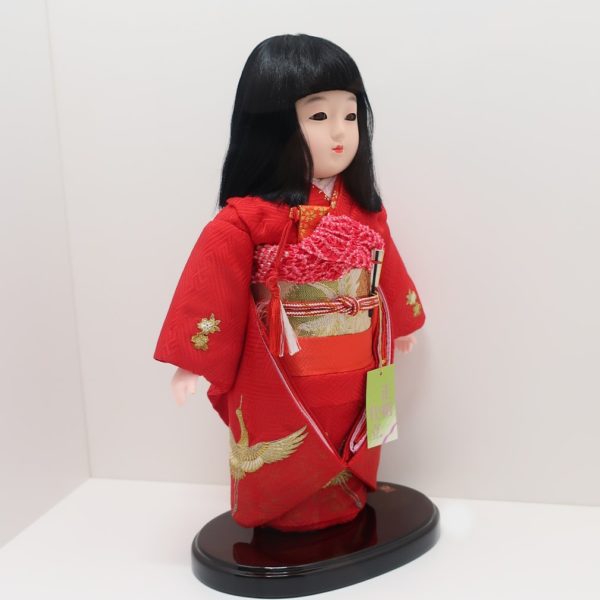
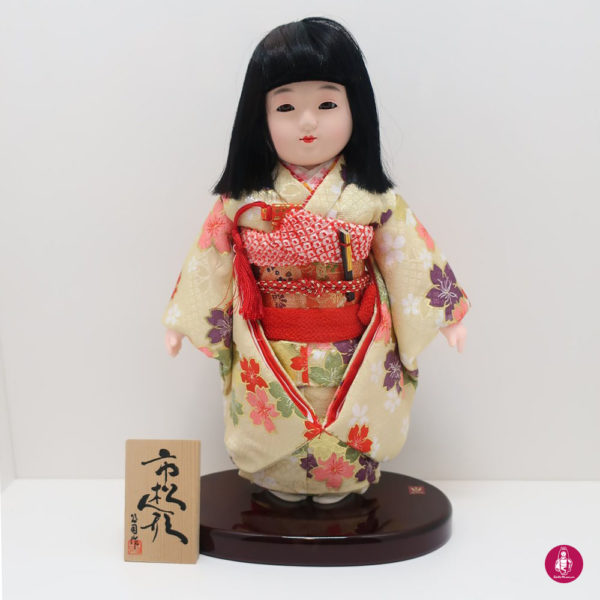
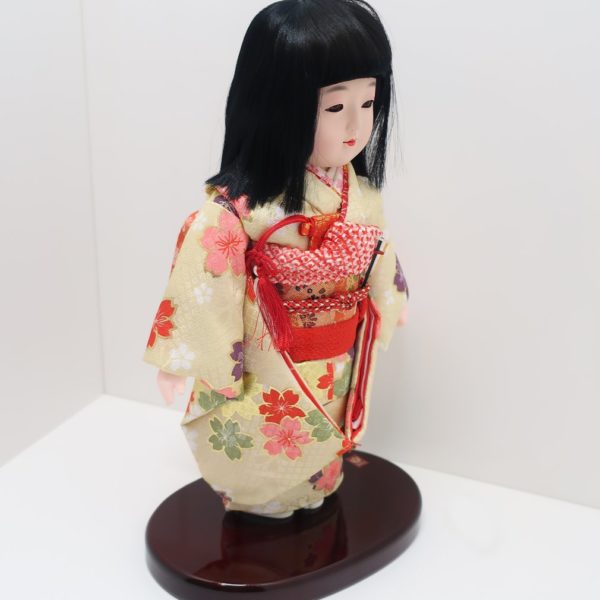
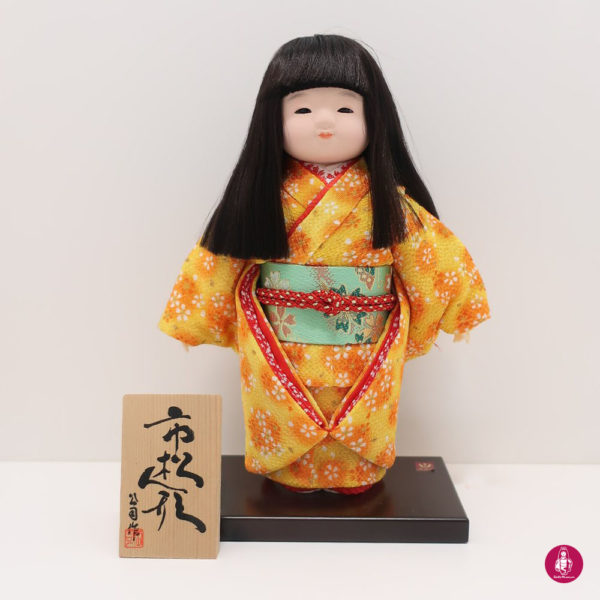
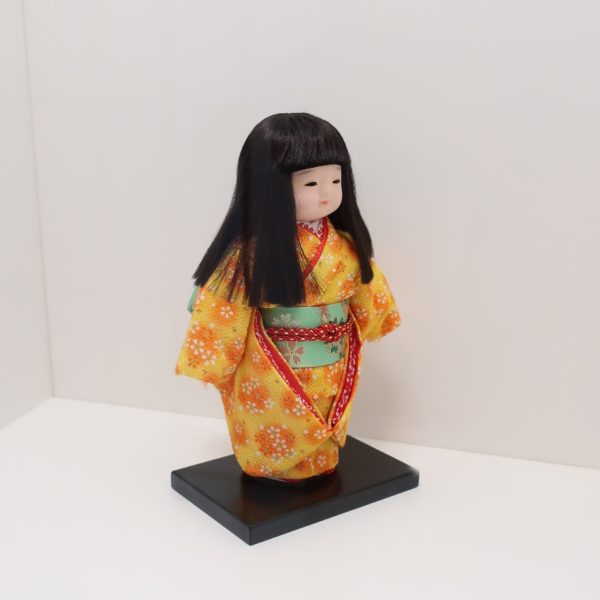
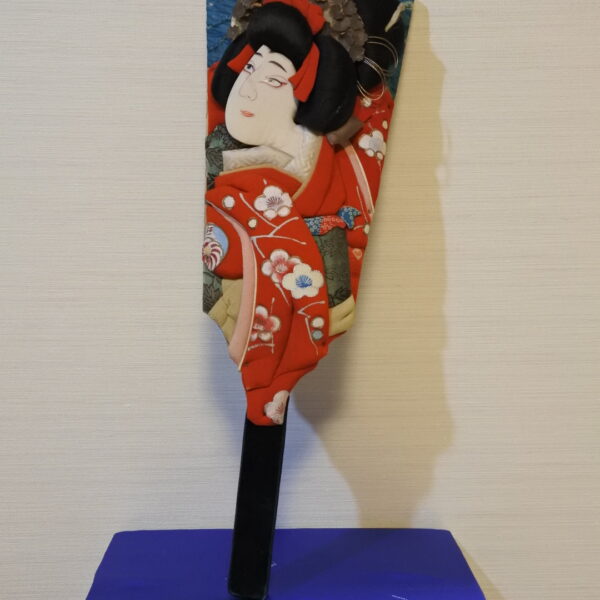
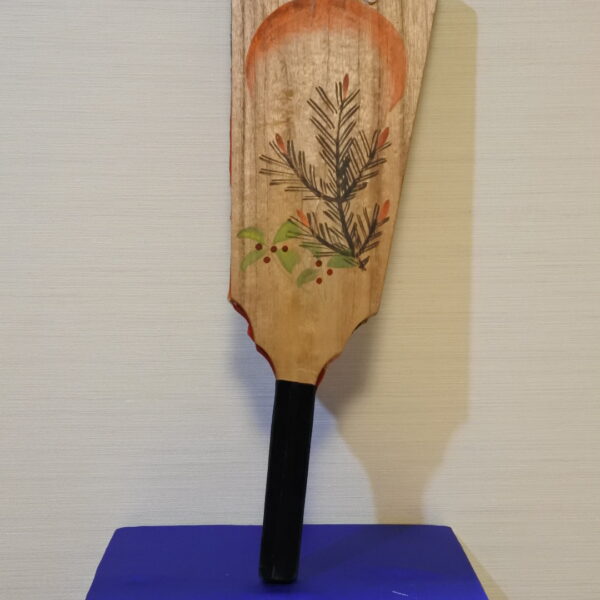
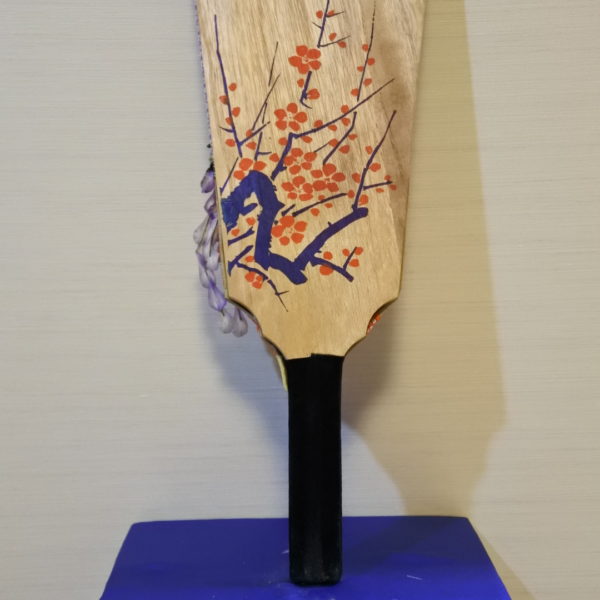
Reviews
There are no reviews yet.